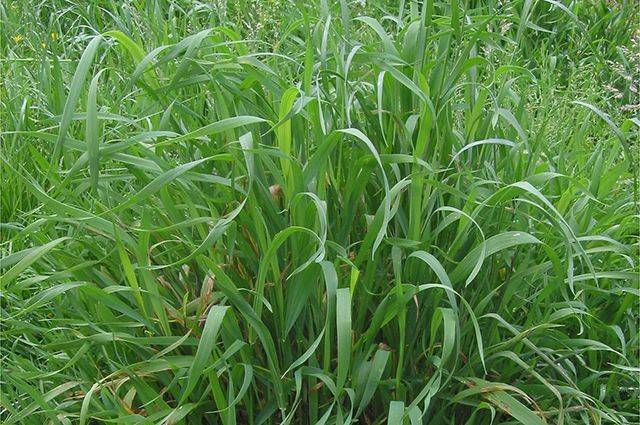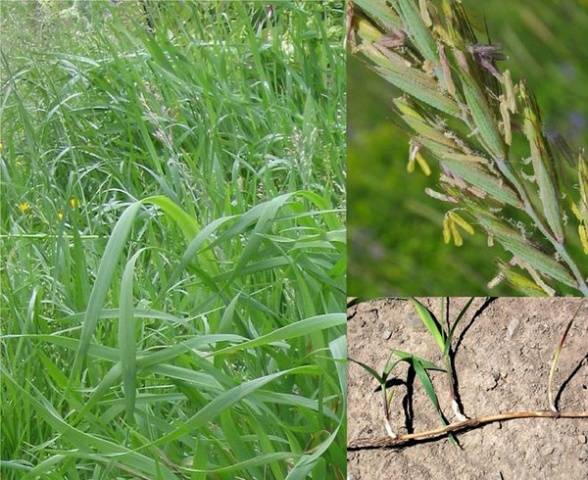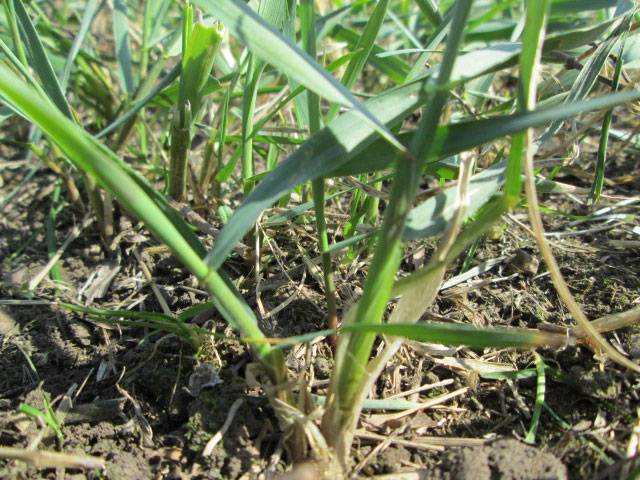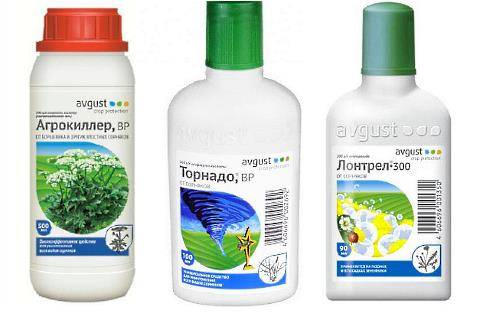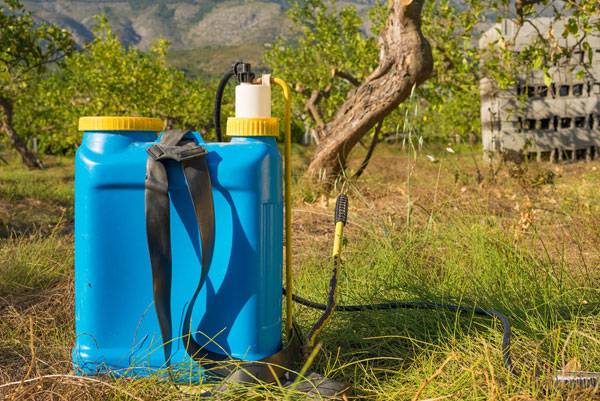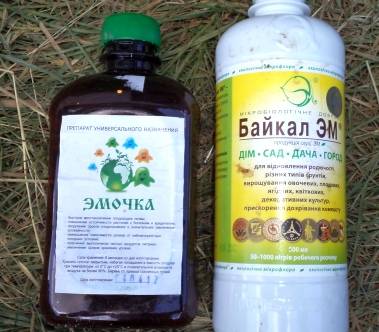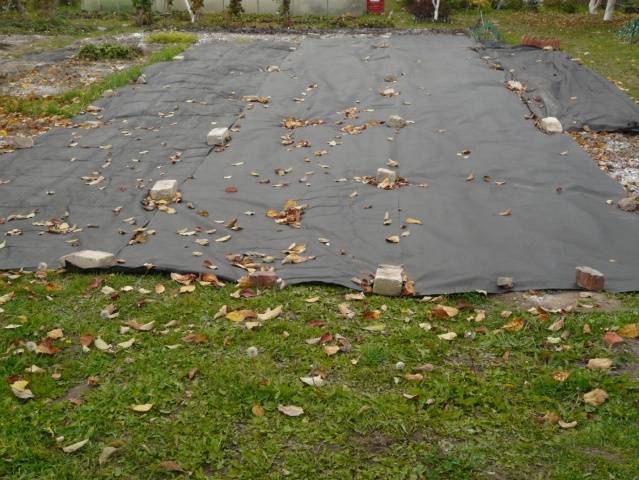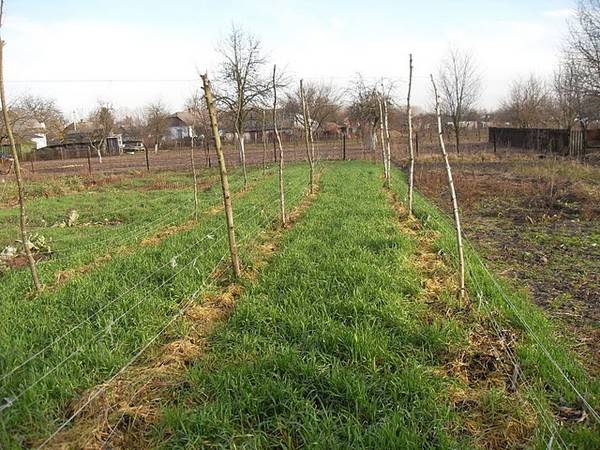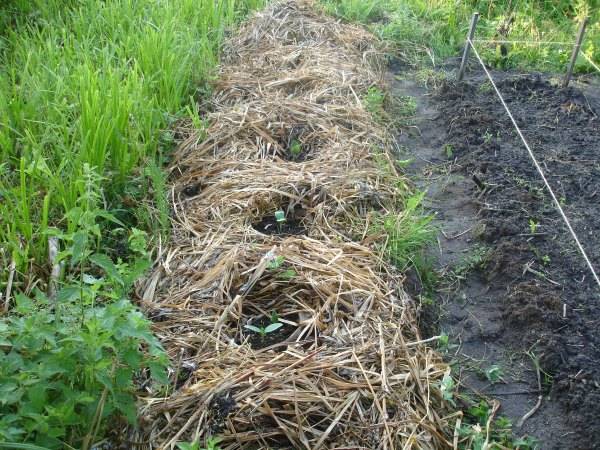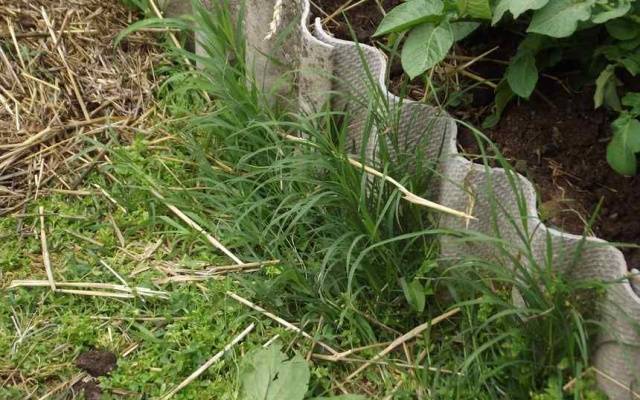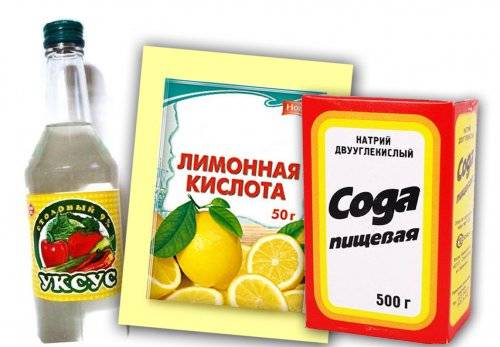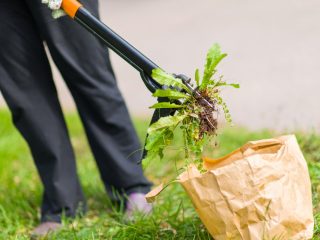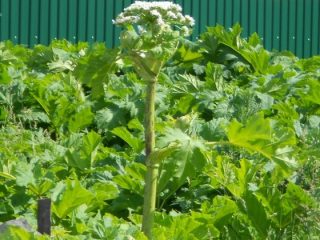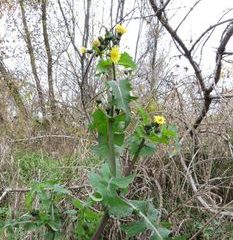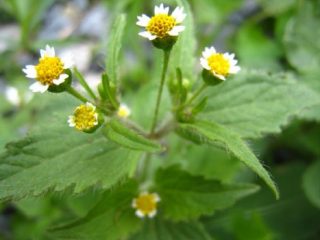Content
Perhaps the gardener has no more unpleasant enemy than weeds... They are able to unbalance the most calm and experienced person. It would seem that I just weeded a garden bed on the site and for several days you can calmly admire the fruit of your efforts, but now the rain has passed, I was distracted by a week, lo and behold, there is again a forest of grass, and from cultivated plants, as they say, there are only horns legs. The wheatgrass weed is the brightest representative of these villains in plant guise. For many years now, what methods have not been invented to combat him, but he is alive and healthy and is mastering more and more new territories.
In fact, wheatgrass is just a plant, so, of course, you can cope with it, you just need to choose a certain strategy and follow it strictly. This article is devoted to exactly how to get rid of creeping wheatgrass.
Full face and profile portrait
Before thinking about how to deal with wheatgrass, you need to get to know this plant better, because, despite all its obvious disadvantages for a gardener, it also has advantages. Wheatgrass provides excellent hay and nutritious green forage for livestock and poultry. The plant has medicinal properties, because it's not for nothing that cats and dogs often eat it when they are not feeling well. Therefore, before you destroy wheatgrass in your area completely and irrevocably, think about it, maybe the plant can still be useful to you.
So, what does creeping wheatgrass look like? And it looks like the most common grass from the family of cereals. He is a perennial plant, which must be taken into account when starting a fight with him. The main attraction of wheatgrass is the rhizome, which is capable of branching and crawling (hence the specific name) over long distances. In the horizontal plane, the rhizome of one plant is quite capable of covering a surface area of three square meters. But the depth of wheatgrass rarely penetrates below 15-20 cm.
Wheatgrass, the photo of which you can see below, is capable of propagating by seeds and rhizome segments, and so successfully that even a centimeter segment is enough for the plant to release a stem with a leaf.
The people call wheatgrass wheatgrass and a dog's tooth for the ability to pierce (stab) crops of cultivated plants, as well as rye and a dweller for the similarity with cultivated grain plants (wheat, rye).
Wheatgrass can reach a height of 1.5 meters. In the close-up photo, you can see that its leaves sometimes take on a bluish tint.
Since the plant belongs to the family of cereals, its flower looks like an erect spike.
Wheatgrass is truly a super hardy plant.
The plant easily tolerates any droughts and frosts, and its seeds begin to germinate already at temperatures of + 2 ° С- + 3 ° С. Of course, all these qualities taken together form the appearance of a malicious pest of gardens and vegetable gardens.
Crushing blow with chemistry
If you are racking your brains over the problem of how to get wheatgrass out of the garden, then using herbicides will help you in any case.Herbicides, that is, chemicals that destroy plants, have been known for a long time, but only in recent years have those that are considered relatively safe have appeared. They are divided into:
- continuous herbicides, which are better for treating large areas without planting cultivated plants;
- selective herbicidesthat fit for lawns or beds with vegetables already planted.
Among the drugs most actively used by gardeners, the following should be mentioned:
- Tornado;
- Roundup;
- Hurricane Forte;
- Ground;
- Agrokiller;
- Fusilade Forte.
When the active substance of such preparations hits the green part of the plant, it quickly spreads throughout the body, penetrates into the roots, the synthesis of substances is disrupted and the wheatgrass dies. The disadvantage of these drugs is that they do not affect the seeds and their germination, therefore, after a single treatment, new plants often crawl out of the ground and quickly reclaim their territory.
Hence the conclusion: treatment with herbicides should be carried out at least twice.
It is believed that the half-life of harmful components after exposure to herbicides is 2-4 weeks. That is, after this period, the garden can be sown with the necessary plants or seedlings can be planted. Thus, it makes sense to carry out the processing procedure either in early spring or in the fall after harvest. Gardeners who have used this method find it very effective in killing wheatgrass in the garden. But the question of the complete harmlessness of herbicides is still open.
Organic farming methods
Organic farming and its methods are becoming more and more popular among summer residents and gardeners. And not without reason, because they make it possible, without disturbing the natural balance, it is quite realistic to cope with problems that are not always up to even chemical preparations. If you do not want to use chemistry, but do not know how to get rid of a weed called wheatgrass in a different way, then organic farming will come to your aid.
EM - drugs
Relatively recently, scientists have developed new drugs that are clusters of certain microorganisms. When processing healthy plant tissues in small concentrations (as in the case of homeopathy), they are able not only to improve the development of plants, but also to protect them from diseases. On the other hand, if the concentration is increased by 10 times and the damaged plant tissues are treated with them, then the microorganisms, once on fresh sections, start the fermentation mechanism, the roots lose their vitality and the plants die. It is with the help of this mechanism that you can get rid of wheatgrass in the garden.
The most famous are the following EM drugs:
- Radiance;
- Baikal EM-1;
- EM syrup;
- Tamir;
- Revival;
- Gumazate EM is universal.
The scheme of combating wheatgrass using EM preparations is as follows: in the fall, after harvesting, it is necessary to prune all unnecessary plants, including the creeping wheatgrass weed at the soil level. On the same day, spill the entire beveled area with any of the EM preparations at a concentration 10 times higher than the traditional one.
An additional consequence of such a treatment is that microorganisms will stimulate the germination of wheatgrass seeds, which, having begun to grow, will quickly fall under the first frosts. If you repeat the same operation in early spring after the next shoots appear, then you can finally destroy those wheatgrass plants that did not die in the fall.
Soil mulching
To get rid of wheatgrass, you just need to cover the areas on which it has settled with any dark material: film, roofing felt, non-woven material or just cardboard. This method will not let you down if you put shelters in early spring and keep them until the beginning of winter. The only problem is that in this way they fight wheatgrass only in small areas. For a large area, it is difficult to find so much dark material for sheltering plants.
But in small areas it is difficult to come to terms with the idea that this land will be turned off from circulation during the entire warm season. Therefore, this method works best for the destruction of wheatgrass in the aisles of plant beds.
Siderata - rescuers
Siderata are plants that, when sown and cut before flowering, improve the condition of the soil. Many of them, especially plants from the legume family, are able to enrich the soil with nutrients, while others help fight weeds by displacing them.
Many gardeners save themselves from the invasion of wheatgrass by sowing areas where it began to grow especially actively, with oats or rye. This operation can be done both in spring and in autumn after harvest. Previously, the earth must be cultivated or dug up at least half a shovel, without even choosing the wheatgrass rhizomes.
Then sow rye or oats with ribbons 15 cm apart. After about 5-6 weeks, when the plants reach 15 cm, they need to be cut, cultivated again and, if weather conditions permit, the area is sown again with rye or oats. If you repeat this procedure a total of about three times, then the wheatgrass will be destroyed on your site forever.
Interestingly, wheatgrass also dislikes some cultivated plants, such as peas, corn, beans, and sunflowers. If the seeds of these plants are densely planted on a plowed field, then when they grow up, they will be able to strangle its root system and the creeping wheatgrass will be done away with.
Agrotechnical techniques
These methods of dealing with weeds are probably known to all gardeners, nevertheless, they can be effective in small areas with a certain perseverance, patience and hard work.
- Digging with careful selection of wheatgrass roots. It must be carried out with the help of a pitchfork, since the shovel will only cut the rhizomes of the plants, and it will be almost impossible to choose them completely. The pitchfork usually does an excellent job with this task.
- Continuous pruning of young wheatgrass plants at ground level. This method of combating wheatgrass is actually calculated on the fact that sooner or later no roots will survive and without supplying them with food from the above-ground leafy part of the plants, they will die.
- Periodic grinding of plant roots with a cultivator. When using this method, it is important to remove young wheatgrass seedlings from the ground in time, before their roots have time to form a new powerful layer.
- Oddly enough it sounds, but you can simply ignore wheatgrass in the garden to fight it. In this case, cardboard is laid out directly on top of the plants, a variety of plant debris is placed on top, which is covered with a layer of fertile soil. The edges of an improvised garden bed can be overlaid with stones or bricks and any garden plants can be planted there. Wheatgrass cannot survive under such a structure.
It was in the old days that the whole village usually fought with wheatgrass, and now, given the number of abandoned sites, we have to take measures ourselves to protect the borders from an intruder. This is easy to do if you do not have a very large area, digging into the ground from the side of the neighbors to a depth of 25-30 cm of strips of slate or any plastic to protect against the rhizomes of the plant.
Traditional methods
In terms of fighting wheatgrass, all means are good, and you may be interested in some folk ways to get rid of this weed.
- Soda - Using a strong baking soda solution to water your wheatgrass bushes, you can easily get rid of the annoying plant.
- Salt is the cheapest folk remedy for wheatgrass. If you sprinkle it on the plants from above, then after watering or rain, it will be absorbed into the ground and significantly limit the growth of wheatgrass.
- Citric acid - if 3 tablespoons of the substance are dissolved in 1 liter of hot water and sprayed with the resulting wheatgrass solution, then he will have to come to his senses for a long time.
- Vinegar - for spraying wheatgrass, it is better to take 15-20% vinegar, but 9% is also suitable for destroying the ground part of the plants. Unfortunately, it is difficult to destroy the root system of wheatgrass with vinegar, the remedy is good only for annual weeds.
- Ethyl alcohol - it may be difficult to find this drug in the country, nevertheless, if you dilute it in a ratio of 1:10 and cultivate the land, then it guarantees the destruction of wheatgrass for the entire next garden season.
- Boiling water or blowtorch - both are effective mainly against the ground part of the wheatgrass. Some time after the treatments, it is able to recover from the rhizomes again.
As you can see, wheatgrass is quite manageable, and the choice of funds is quite wide. You just need to remember that everything needs a measure.
